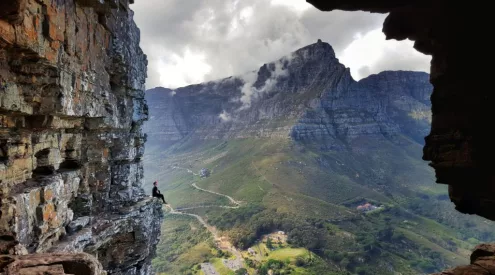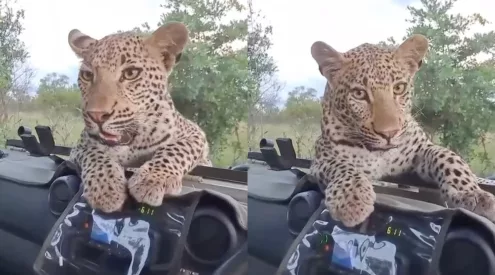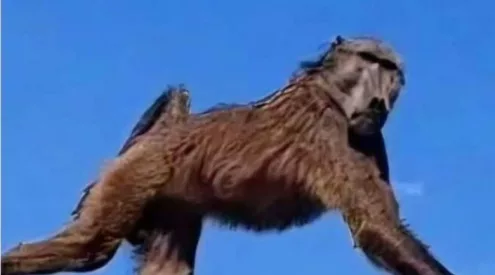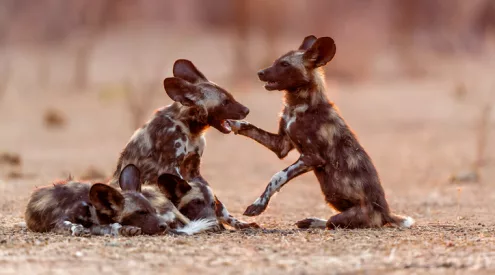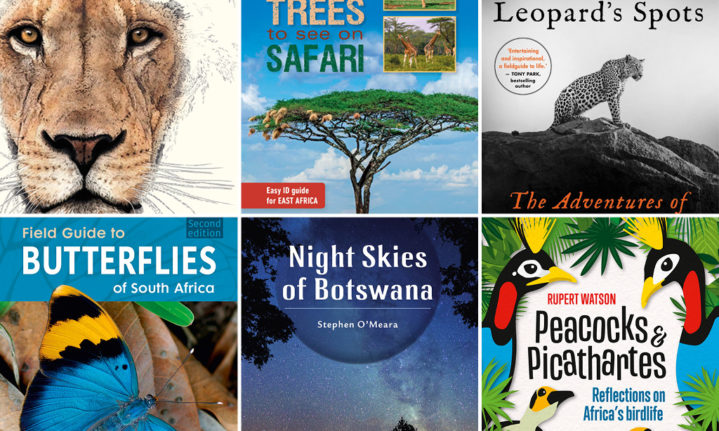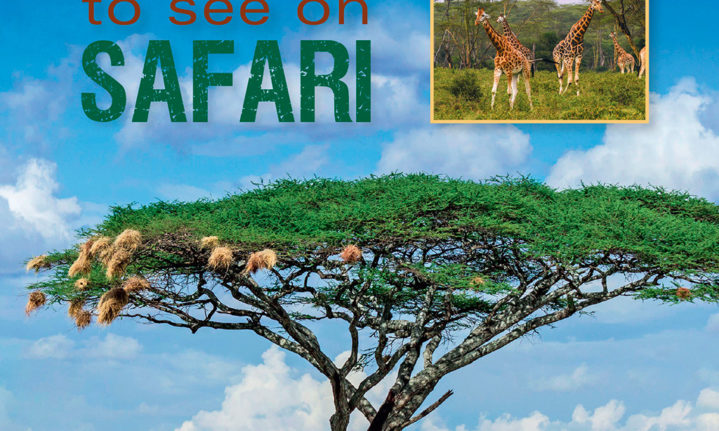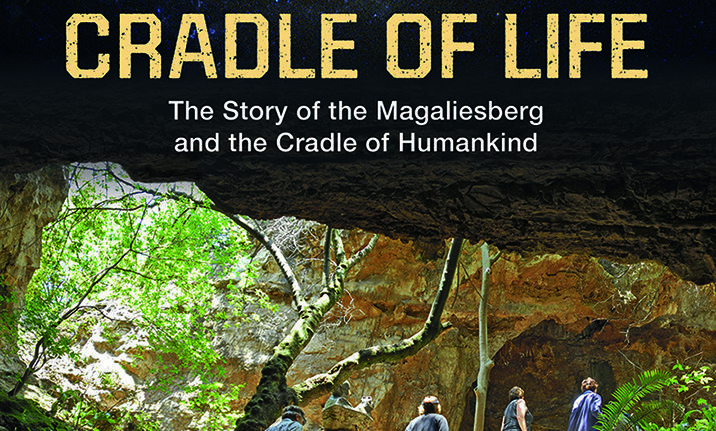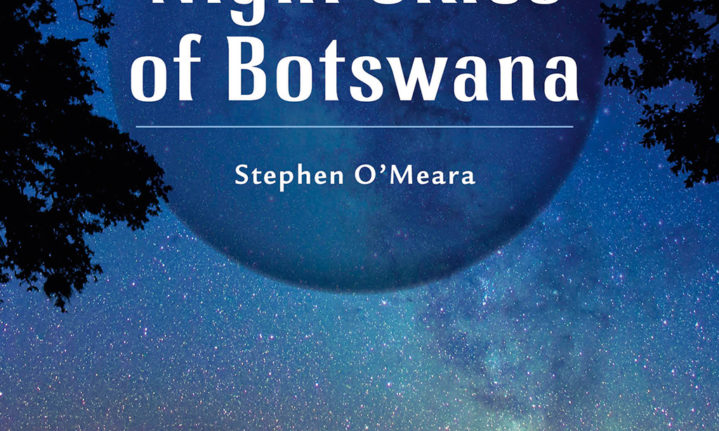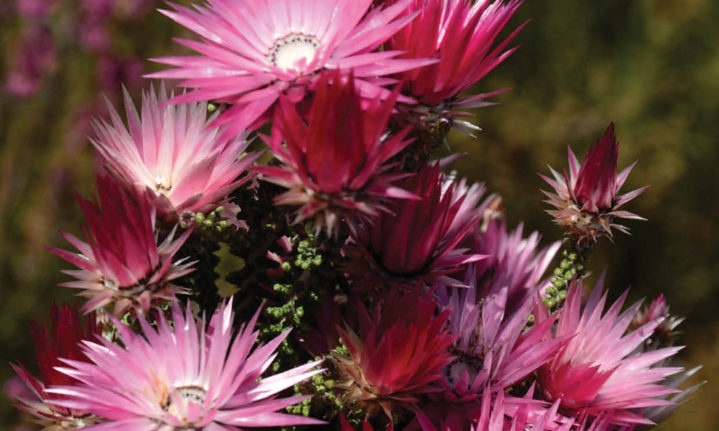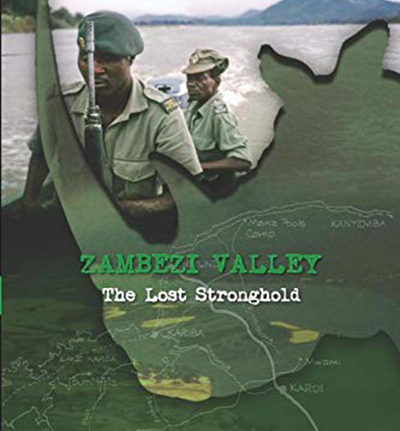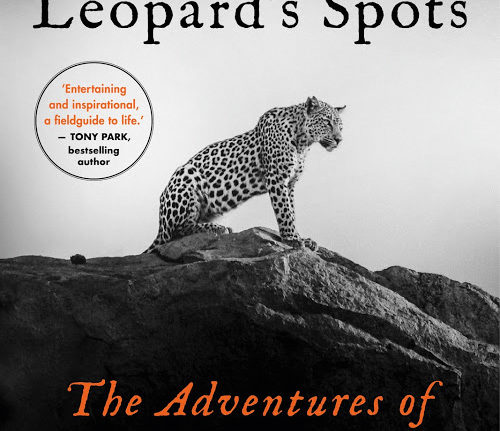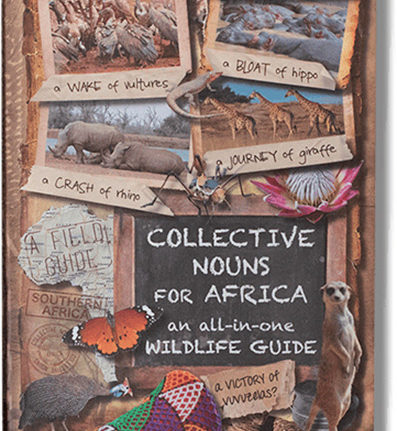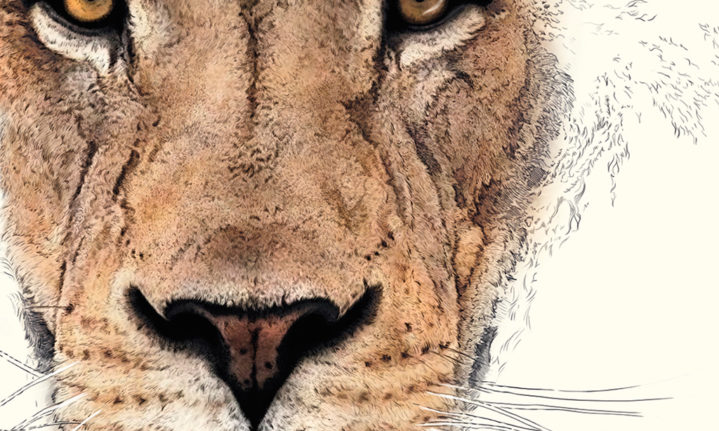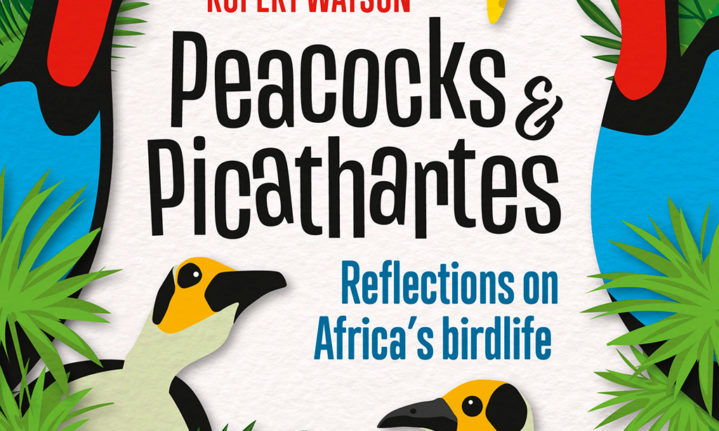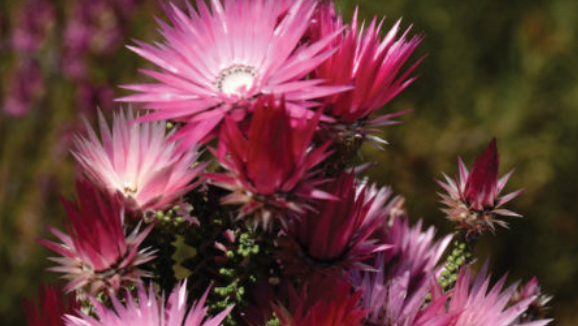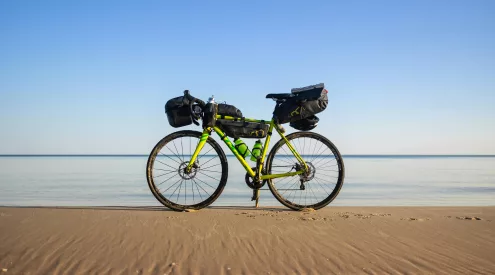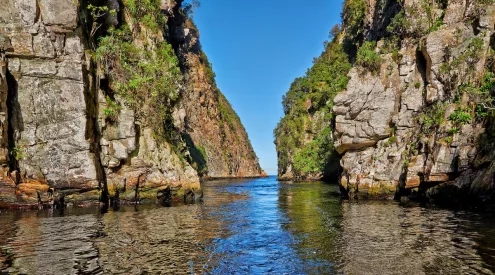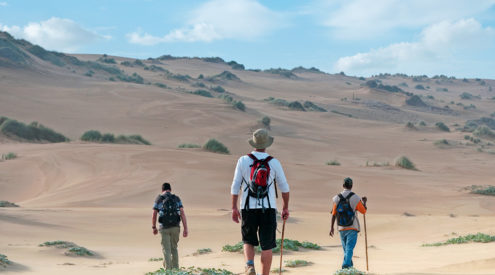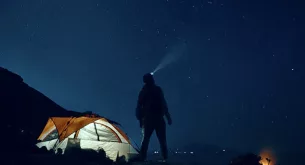What a wonderful world
Struik Nature’s latest collection of handy nature guides
Field Guide To Butterflies Of South Africa
Steve Woodhall
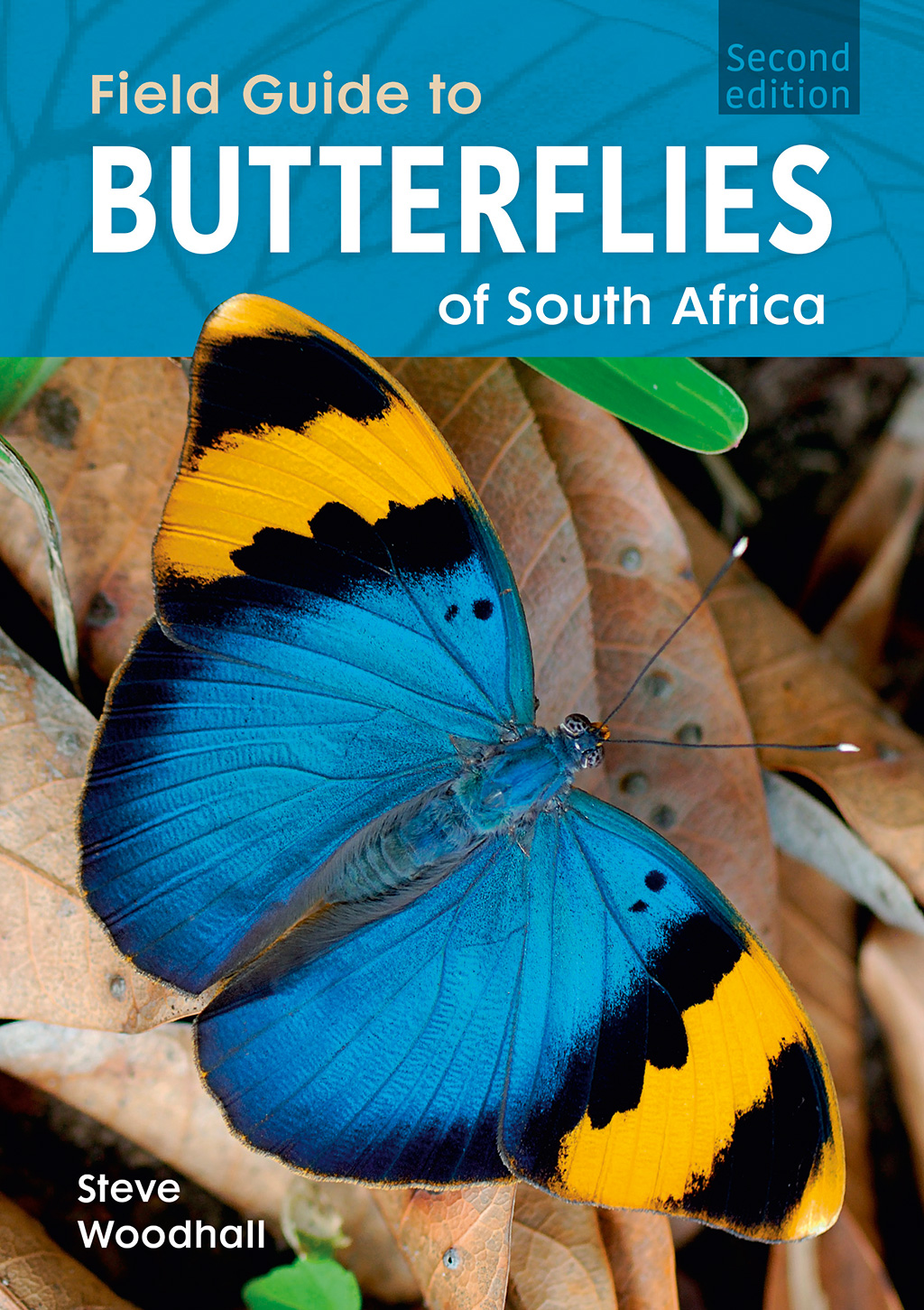
Following 15 years after the first edition, this fully revised field guide includes all 671 of South Africa’s wondrous butterfly species.
All species accounts and distribution maps have been updated and expanded to cover butterfly identification, habits, flight periods, broods, habitats and larval food sources. The entry of each species also details its distribution across the provinces, including nature reserves where they may be found.
For ease of use, each section is colour-coded and there’s a quick A–Z reference for the 138 different butterfly groups on the book’s inside front cover.
More than 70 per cent of the full-colour photographs featured are new, depicting these delicate creatures from various angles, detailing the upper and undersides of their wings where possible, and showing off their intricate patterns.
One such winged beauty is the African blue pansy (Junonia orithya madagascariensis), whose bright orange and black ocelli (eye spots) stand out on its brilliant blue wings.
The detailed introduction offers information on how to observe and collect data on these winged wonders. For butterfly enthusiasts and aspiring citizen scientists, there’s a helpful section on ethical and responsible butterfly collecting, supported by the Lepidopterists’ Society of Africa. Author Steve Woodhall is a keen photographer and a former LepSoc Africa president.
From blues, buffs, cupids and friars to playboys, pirates, sapphires and skollies, The Field Guide to Butterflies of South Africa is a comprehensive and valuable guide for professional entomologists, gardeners and nature enthusiasts alike. R400
Four Others Worth Packing
100 Trees to See on Safari
Quentin Luke and Henk Beentje
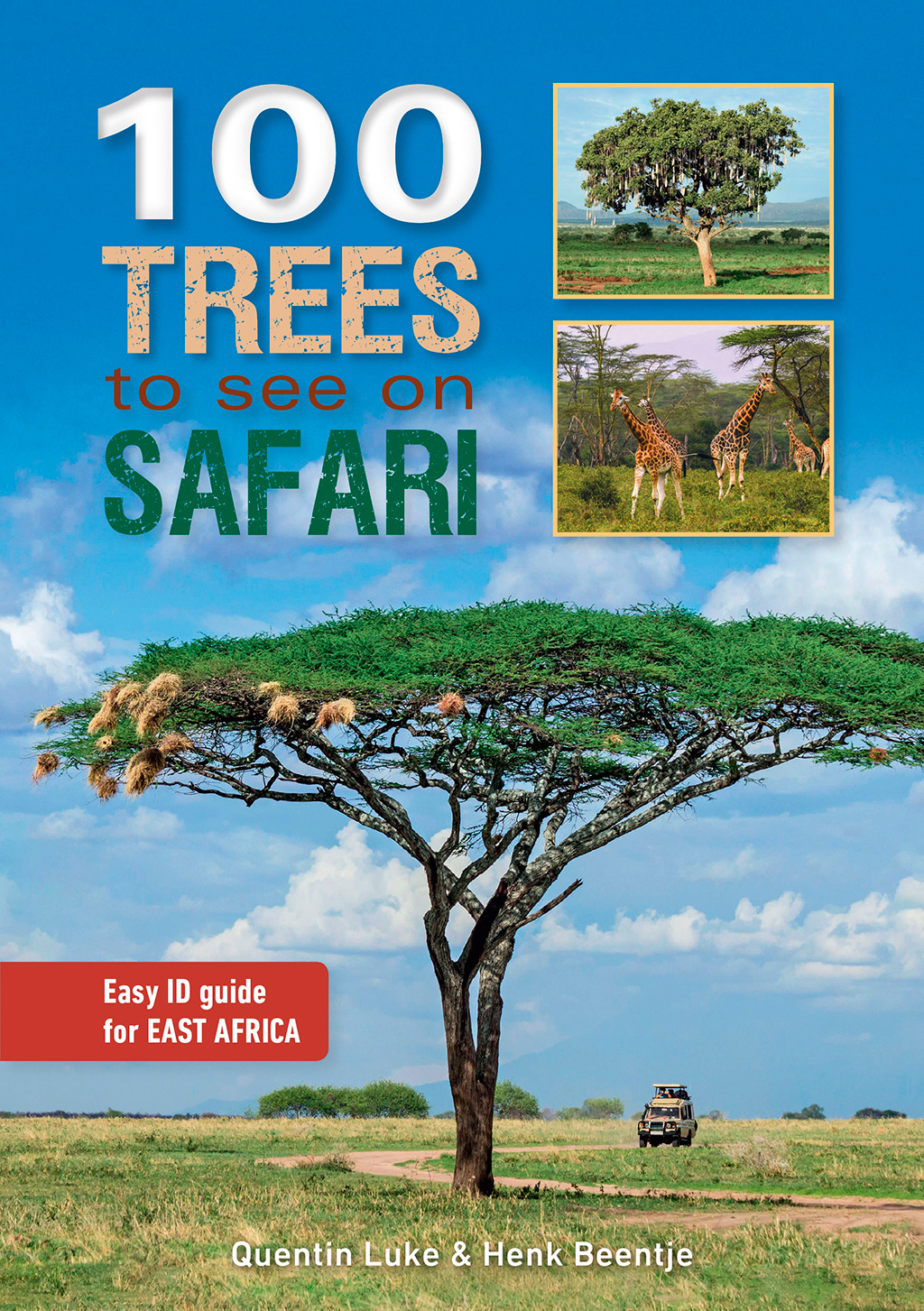
While East Africa is renowned for its wildlife attractions, this book champions the region’s most prominent arboreal icons. This Easy ID Guide showcases 100 of the most common trees, arranged according to habitat. From mangroves, palms, marulas and acacias to toothbrush trees and giant bamboos, you’ll be able to identify each by its bark, leaves, flowers and fruit, and read up on their uses and qualities. R180
Cradle of Life
Vincent Carruthers
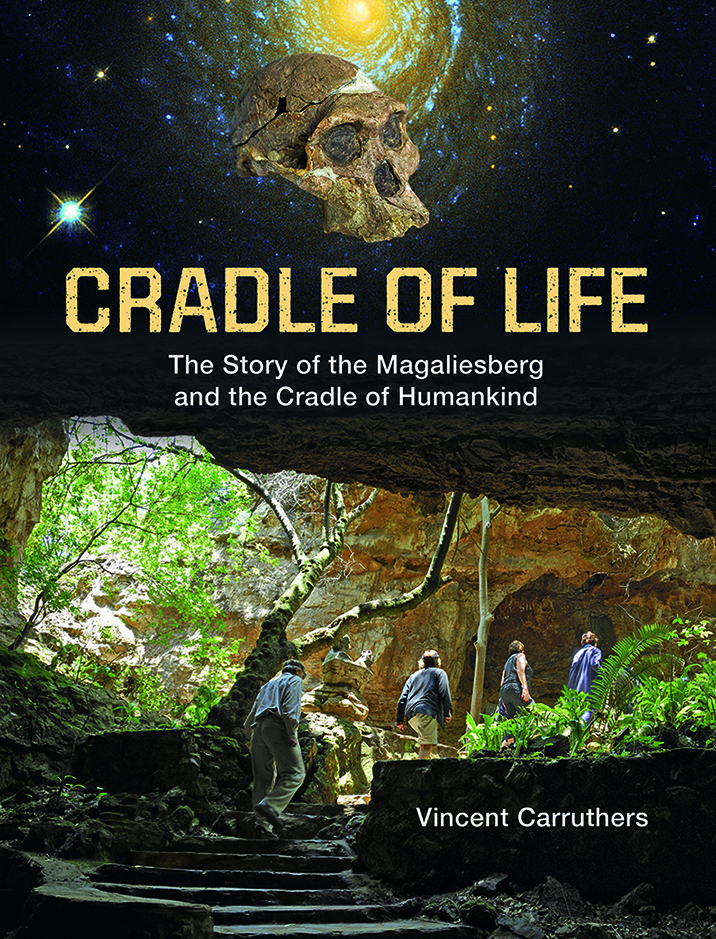
Journey through time in the Magaliesberg – a small region with a wealth of significance to human history, earning it the appellation ‘the Cradle of Humankind’. Environmentalist Vincent Carruthers was instrumental in the creation of this Unesco Biosphere Reserve. In his book he excavates the Cradle’s and SA’s history right through to the modern era, providing context to all the significant developments in this remarkable region. R320
Night Skies of Botswana
Stephen O’Meara
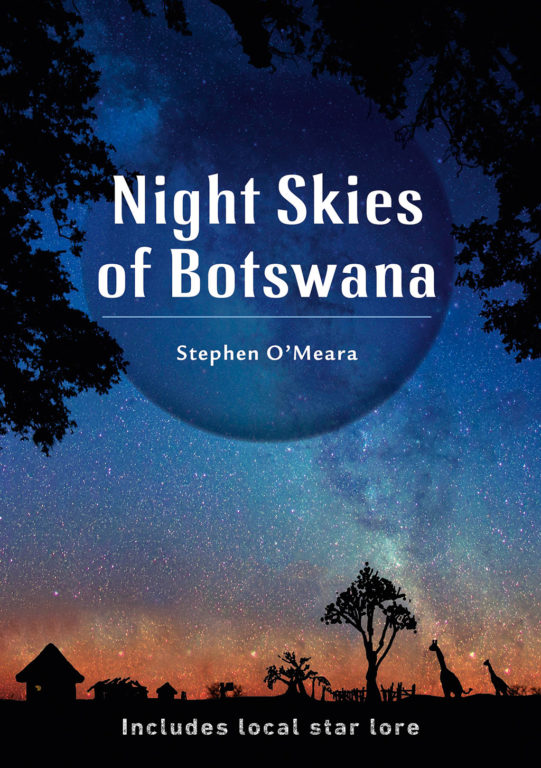
If you’re gearing up for a stargazing safari, then this guide will help you identify stars which are visible to the naked eye, eliminating the need for binoculars or a telescope. A renowned astronomer, volcano researcher and author, Stephen O’Meara has also included the local star lore from Botswana’s indigenous Basarwa (San) people, whose interpretations of the cosmos, it is believed, explain the origins of the universe. R240
Pocket Guide Fynbos
John Manning
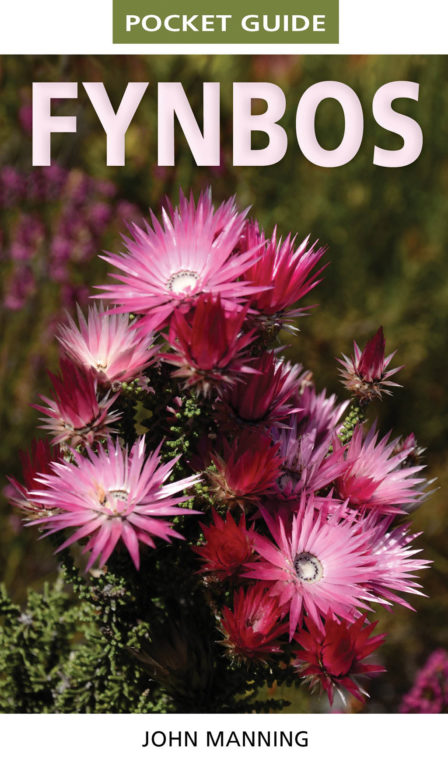
This handy pocket guide features over 300 of the fynbos species you’re most likely to find in South Africa, and particularly in the Cape’s resplendent floral kingdom. Divided into 10 distinct groups, users will be able to look up and identify species with ease, and fynbos fundis will love the illustrated floral key. Discover blooms such as the flamboyant cocktail flower, pale satinflower and white sparaxis. R180
Call Of The Wild
Here’s our pick of the latest nature reads
Changing a Leopard’s Spots
Alex van den Heever and Renias Mhlongo (Pan Macmillan)

Renias and Alex, two local trackers and guides from very different backgrounds, were united by their love of the bush and paired up more than 20 years ago at Londolozi Game Reserve. They’ve racked up innumerable experiences and, apart from tracking lions and leopards in the Greater Kruger, they’ve also tracked jaguars in South America and grizzly bears in the USA. R285
Naturally Africa!
Poetry selected by Dan Wylie and Patricia Schonstein (African Sun Press)
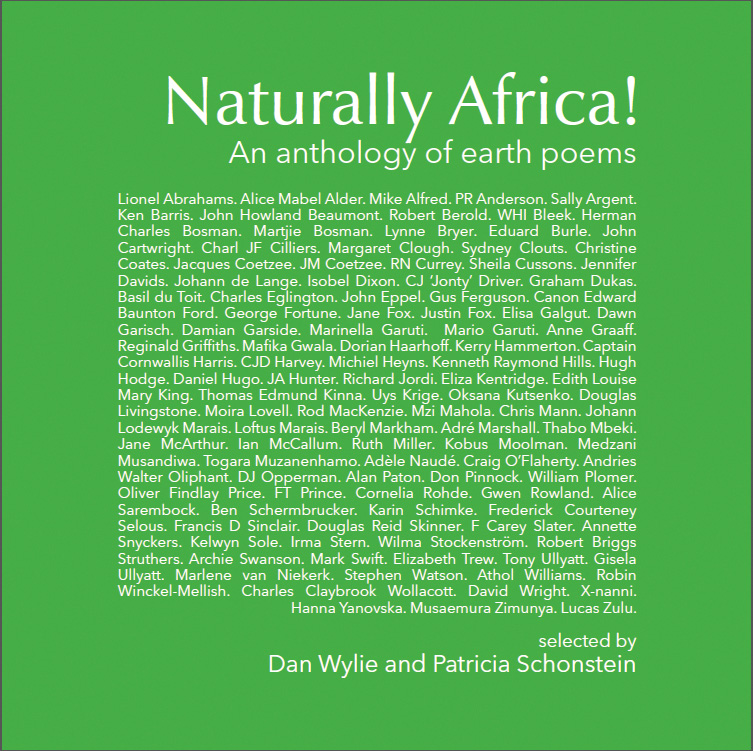
This anthology of poems brings together an inspired selection of work which extols the beauty, or indeed the exploitation of Africa’s wild spaces. The poems focus on nature while engaging our emotions and igniting our relationships with it. Naturally Africa! features work from Lionel Abrahams, Herman Charles Bosman, JM Coetzee and Marlene van Niekerk, as well as translations of indigenous songs, folklore and recitations from our local oral traditions. R395
Zambezi Valley – the Lost Stronghold
Silvana Olivo (Camilla Singh)
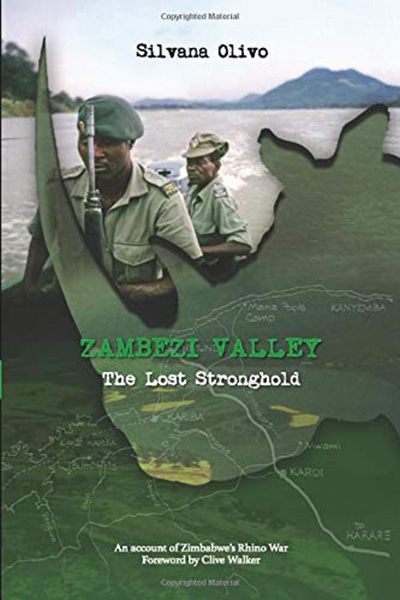
In the 80s, the Zambezi Valley was considered to be one of the last regions with a huge concentration of wild black rhino. Italian-South African writer Silvana Olivo recounts her involvement in what was popularised as Zimbabwe’s ‘Rhino War’. Olivo describes her days in the field – from deadly encounters with poachers to rhino translocations and dehorning projects – all against the backdrop of economic constraints and political obstacles, painting an intricate portrait of conservation work in Africa. R295
Collective Nouns for Africa
Meggan Schaefer (self-published)

This fun, child-friendly guide is jampacked with information and tips on how to pack and prepare for your safari. There’s a bush-survival checklist, an illustrated guide for tracking spoor, as well as an index of African wildlife with scientific names and translations into 15 languages. The book includes information on national parks, heritage sites and Southern African constellations. The real fun, however, is in learning the collective nouns for Africa’s wildlife. Have you encountered a canteen of spoonbills? Or, a fever of stingrays, a fondness of beetles, an obstinacy of buffaloes and a destruction of wild cats? Collective Nouns for Africa includes some decidedly quirky entries too – ever heard of a ‘victory of vuvuzelas’? R275
Hidden Planet
Ben Rothery (Penguin Books)
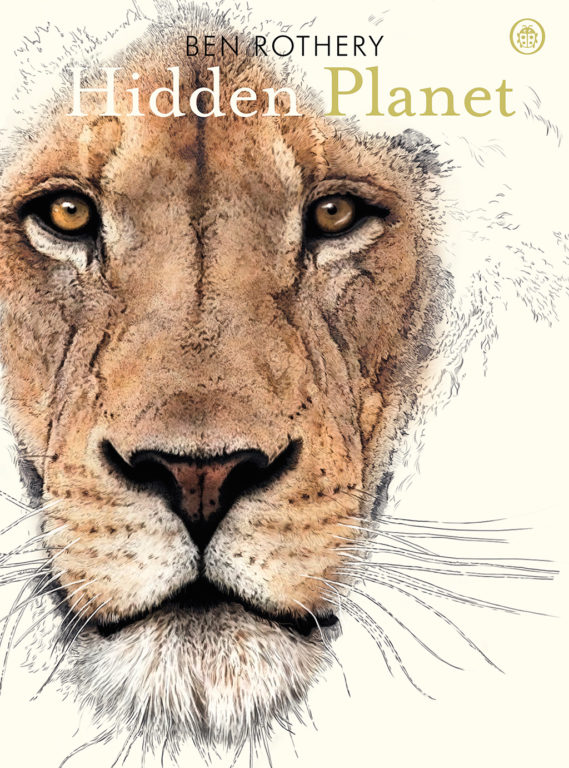
‘This is my love letter to the earth,’ writes SA-born author and natural-history illustrator Ben Rothery. The book appeals to all ages and anyone who enjoys wildlife and art. Worthy of a place on your coffee table, Rothery’s detailed, life-like sketches evoke a sense of nostalgia for an era of discovery and wonder, of museums and exhibitions reimagined through his sketches and short essay descriptions. Hidden Planet will certainly whet your appetite for wonder and is a mesmerising introduction to the natural world. Rothery’s renderings of magnificent beasts – some extinct, some abundant and some endangered – serve as a poignant reminder of a world which needs our protection. R300
Peacocks & Picathartes
Rupert Watson (Struik Nature)
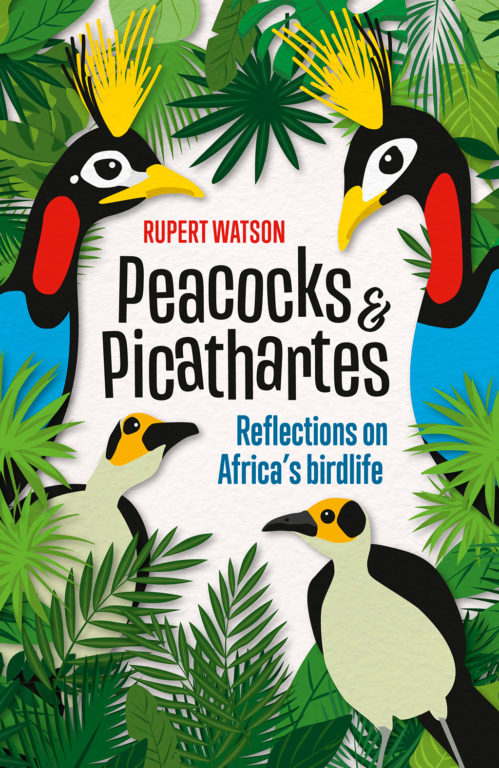
Rupert Watson, the British-born bird enthusiast who penned My African Baobab over a decade ago, has emerged with more of his reflections on Africa’s unique birdlife. Having spent more than 30 years in Kenya and travelling in and around the continent, Watson recounts tales from many of his expeditions. In one story, he recalls his discovery of a new partridge in Tanzania, as well as his encounters with the likes of white-necked picathartes, the Congo peacock and many rare sightings and discoveries in Africa’s wilds. A must-read for twitchers. R220
You can find these wild and wonderful nature reads at any good book store across the country or online.

